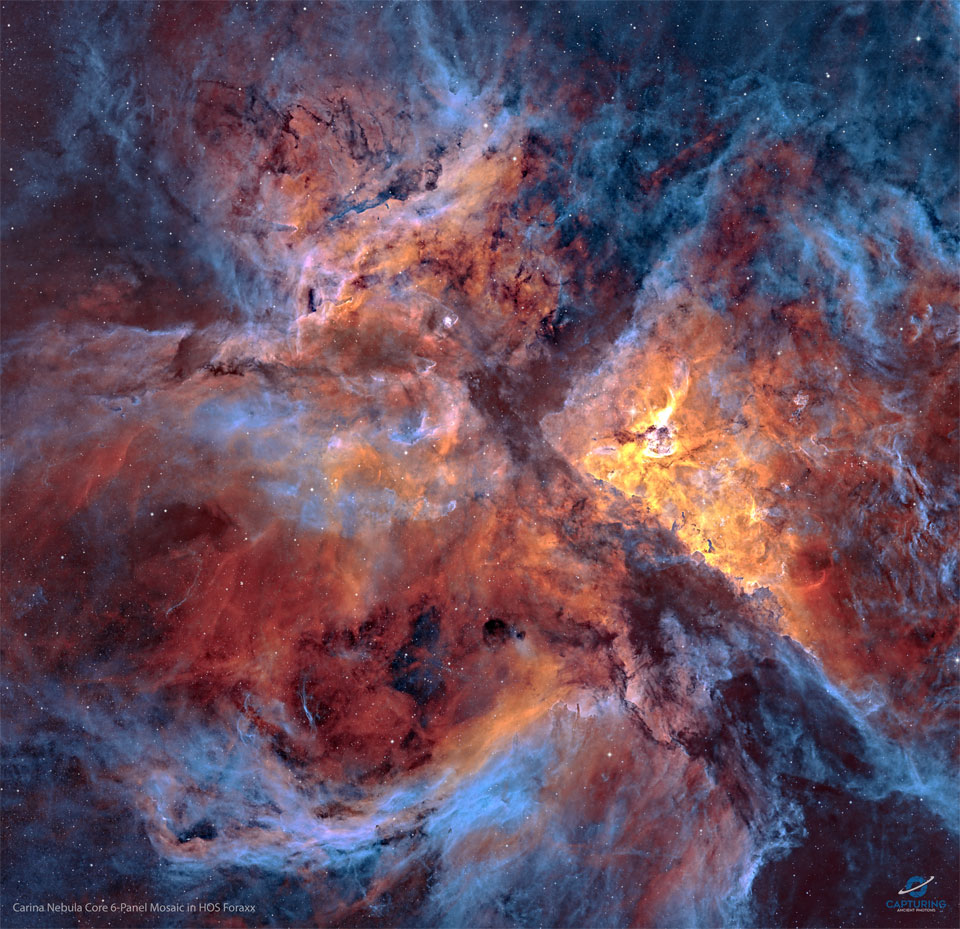427
428
429
42
Robot surgeon sent to the International Space Station to dissect simulated astronaut tissue
(www.livescience.com)
430
431
432
433
434
435
436
437
438
439
440
441
442
443
444
445
446
447
448
449
450

